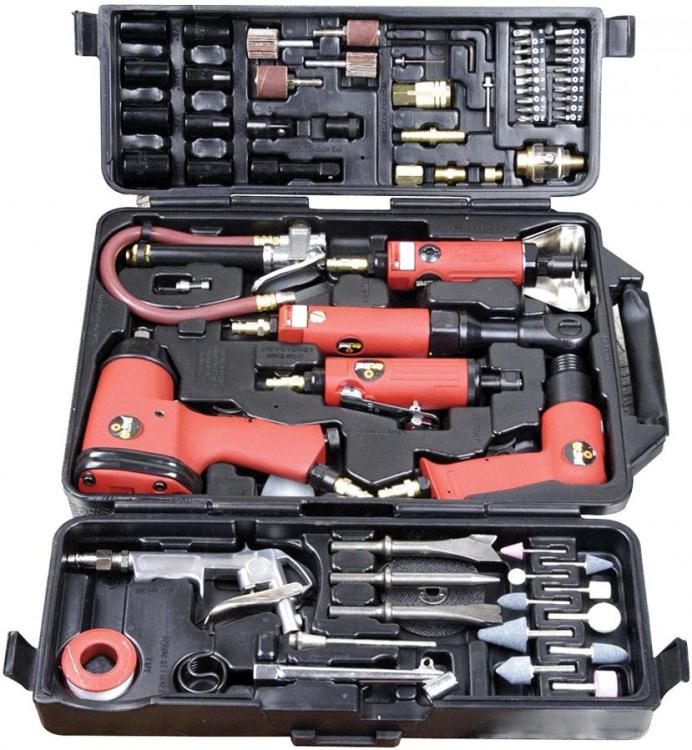

Air - Diffusion Coefficients of Gases in Excess of Airĭiffusion coefficients (D 12) for gases in large excess of air at temperatures ranging 0 - 400 ☌. Online calculator, figures and tables showing density, specific weight and thermal expansion coefficients of air at temperatures ranging -100 to 1600 ☌ (-140 to 2900 ☏) at atmospheric and higher pressure - Imperial and SI Units. Air - Density, Specific Weight and Thermal Expansion Coefficient vs. Pressure and TemperaturesĪir density at pressure ranging 1 to 10 000 bara (14.5 - 145000 psi) and constant selected temperatures. Altitudeĭensity and specific volume of air varies with elevation above sea level.

Take a look at our website to learn more about everything that comes with a membership and see all the information on pricing options.Dry air is a mechanical mixture of nitrogen, oxygen, argon and several other gases in minor amounts. Included in your membership are hundreds of safety topics that you can use for your safety meetings, toolbox talks and safety moments including a safety meeting topic, like this one, that covers using Pneumatic Tools safely on the job.
#Compressed air tool download
You don’t need any fancy software, employees don’t need to download an app, and it's very easy to get started. can make this part of your job easier and it’s super simple to get started.Ī membership to comes at a very low price that never goes up no matter how many employees you have and no matter how many awesome safety topics you use.
#Compressed air tool free
Putting together the safety message, toolbox talk or safety meeting topic takes time and the free online resources that provide a safety topic outline to follow just aren’t good enough. If you are ready to do more for your workplace safety and health program, adding regular safety meetings or toolbox talks is guaranteed to improve workplace safety while improving productivity and your company’s bottom line at the same time. If pneumatic tools are used in your workplace, then make sure you don't skip the safety meeting! All employees who work in the area should be familiar with the unique hazards associated with pneumatic tools and the safe work practices expected in the workplace.

Turn off the air pressure to the hose when a tool is not in use, or when changing power tools.

Never connect or disconnect a pressurized hose.


 0 kommentar(er)
0 kommentar(er)
